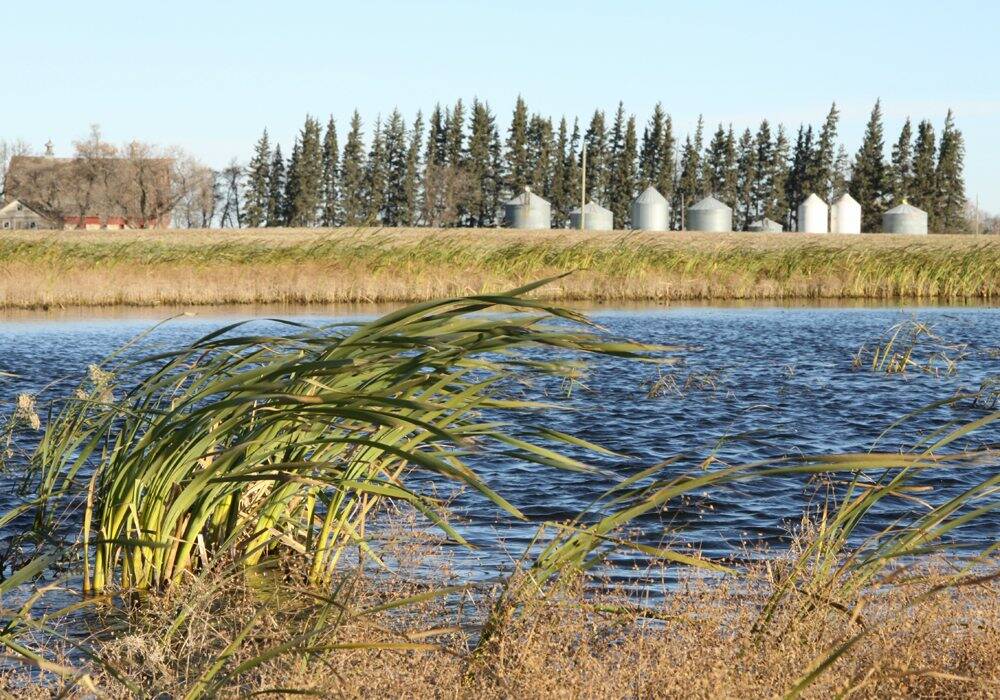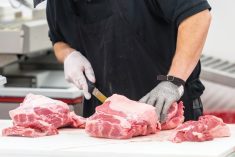U. S. hog producers who have reduced their herds after a couple of rough years may be slowing that process as Chicago futures prices suggest this could be a profitable year for hogs.
The latest U. S. Agriculture Department data shows that sow slaughter has slowed and is now less than a year ago, a sign that producers may no longer be shrinking herds.
Economists and some hog producers argue that a smaller hog herd is needed to assure profits this year and next. But Chicago Mercantile Exchange hog futures point to profitable prices later this year, so the downsizing of the herd may have slowed or even stopped.
Read Also

Could snails keep blue-green algae out of livestock dugouts?
Could snails keep blue-green algae out of livestock dugouts? Researchers at Brandon University are studying them as natural water quality filters.
“I think what is happening is producers are seeing the light at the end of the tunnel and have decided they have done enough reducing,” said Ron Plain, agricultural economist at the University of Missouri.
On Feb. 25, USDA reported sow slaughter for the week ended Feb. 13 was down nearly nine per cent from a year ago.
Plain said his data shows that year-to-date sow slaughter through mid-February is down 5.2 per cent from a year earlier.
Current prices in Chicago Mercantile Exchange May, June, July, and August hog futures offer profitable producer hedging opportunities, Plain said.
On average, U. S. hog producers have lost money for the past two years. Last year they began slaughtering sows to shrink the breeding herd, and that should mean fewer hogs this year and next as well as higher and profitable price levels.
But Plain is worried this stabilization of the herd may mean more losses on hogs in 2011 if a smaller U. S. corn crop this year pushes feed costs higher.
He said the current hog supply may not allow hog prices to rise enough to offset higher feed costs under a poor crop scenario.
There already has been talk that spring run-off when this winter’s abundant Midwest snow melts could make fields too soggy for timely planting.
“I worry we will break even this year, feed costs will be higher and then lose money next year,” said Plain.
“I think we still need more herd liquidation.”














